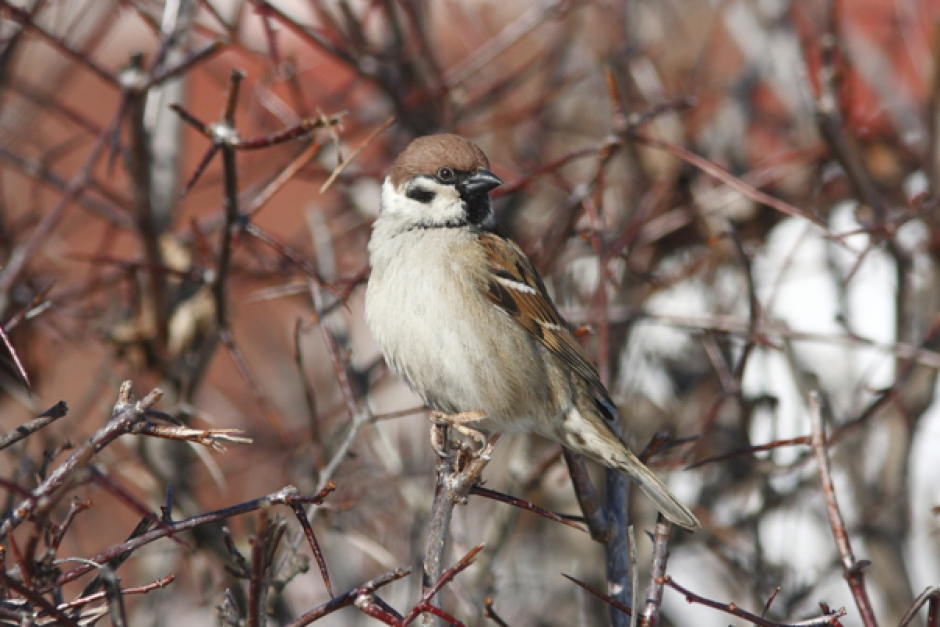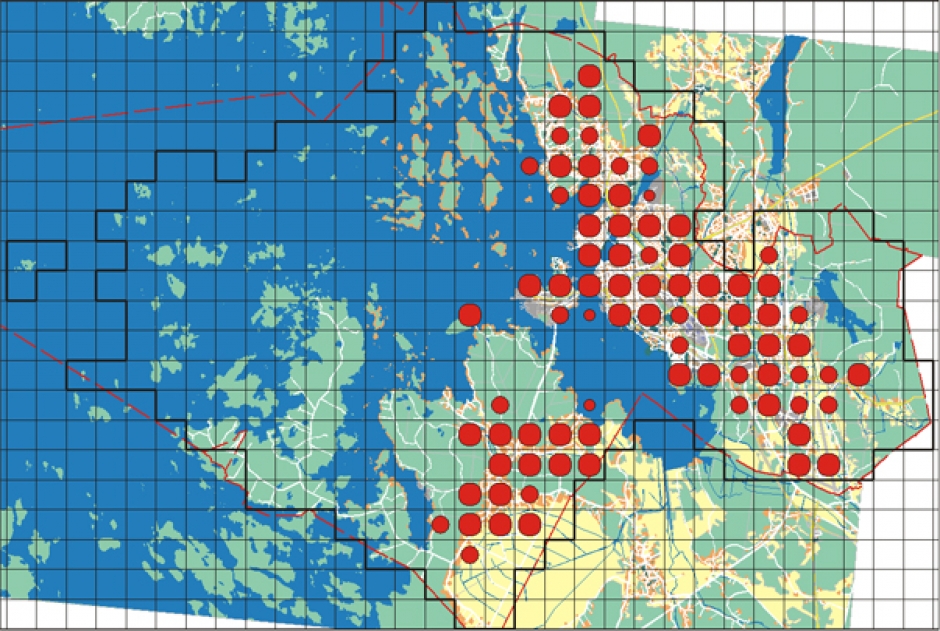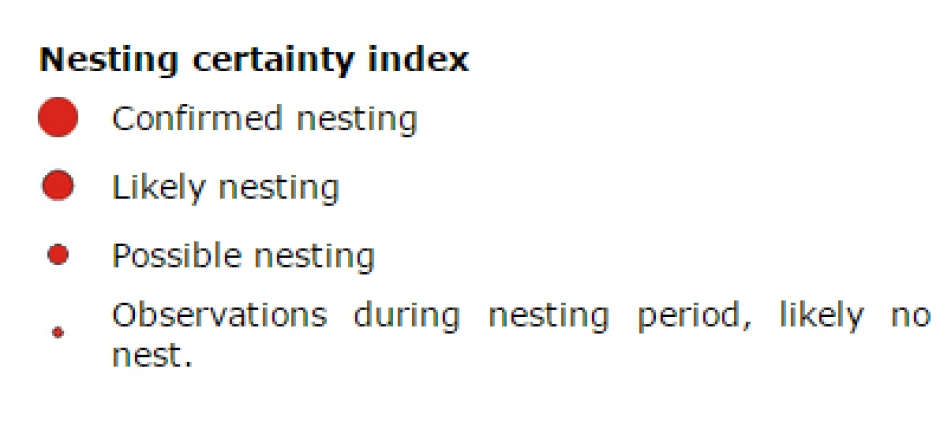Eurasian Tree Sparrow
Passer montanus

General information. The Eurasian tree sparrow has previously only been found nesting in Åland and southwestern Finland. The population has, however, grown in recent years, spreading across a larger proportion of the country. A significant increase in the population of the Eurasian tree sparrow has taken place in a matter of decades. Currently, the Eurasian tree sparrow can be found nesting as far north as the northern part of the Gulf of Bothnia.
- Length 15 cm
- Nests in buildings, nesting boxes, tree cavities
- Sedentary species
- Feeds on seeds and insects
Habitat. The Eurasian tree sparrow preferably nests in detached housing areas and in countryside village communities. In comparison to such areas, the population distributions in Vaasa have been the largest. The species is, however, rarely found in the city centre, as opposed to the ‘big brother’ house sparrow. The tree sparrow nests in nesting boxes, tree and building cavities, among similar places. It has been found to be quite inventive when finding suitable nesting sites, as sparrows have been observed building nests in pipe-shaped beams on electrical transformers, street lighting fixtures and traffic light structures.
Distribution in Vaasa. The Eurasian tree sparrow is a cultural landscape bird. It is distributed across Vaasa, concentrated heavily along the edges of built up, urban areas. During the nesting season, the tree sparrow was observed in approximately 75 survey blocks. The nesting season begins as early as March and the same pairs can nest twice during the same season. The flocks of the year brood in late summer, clearly indicate that the species has become increasingly common. Flocks of roughly 120 and 60 tree sparrows were observed near Onkilahti and in Vaskiluoto during a 2006 summer survey.


